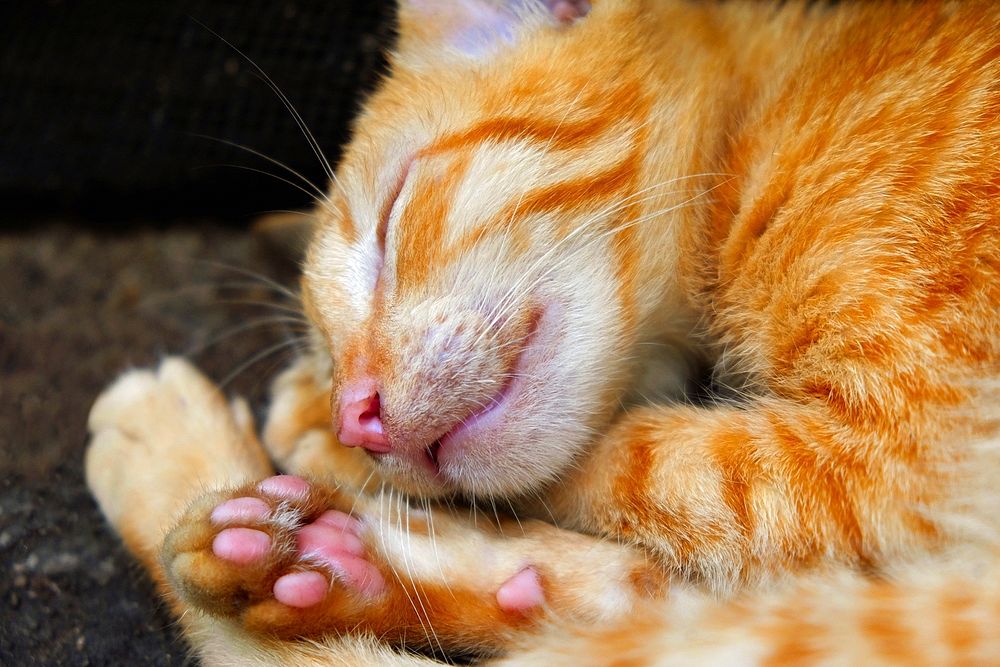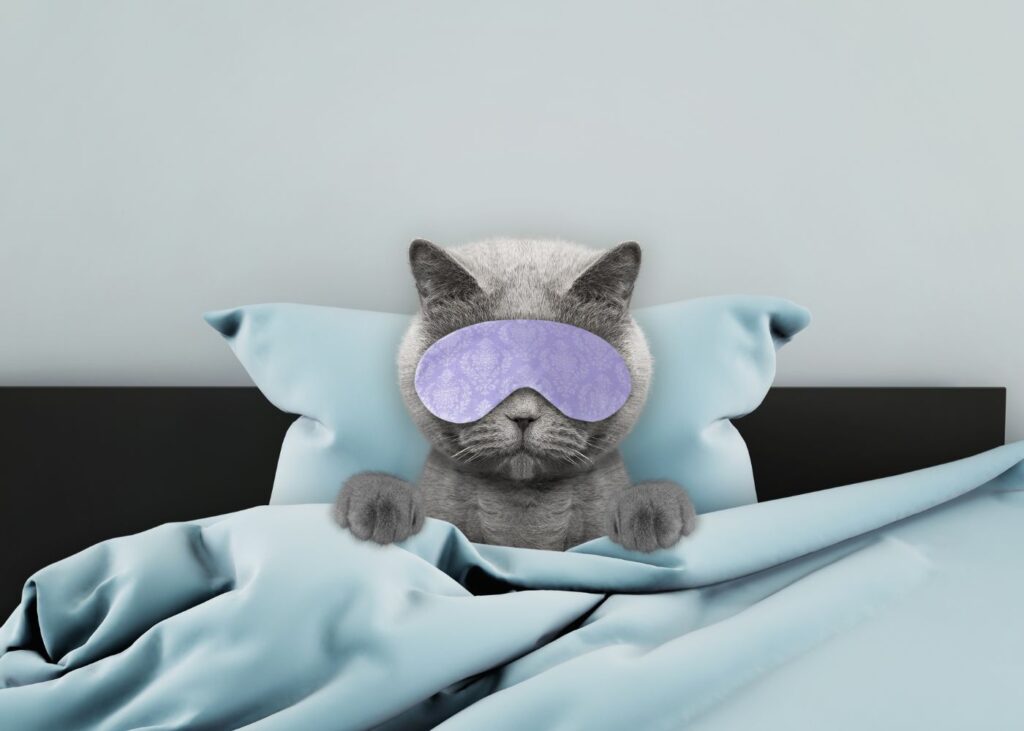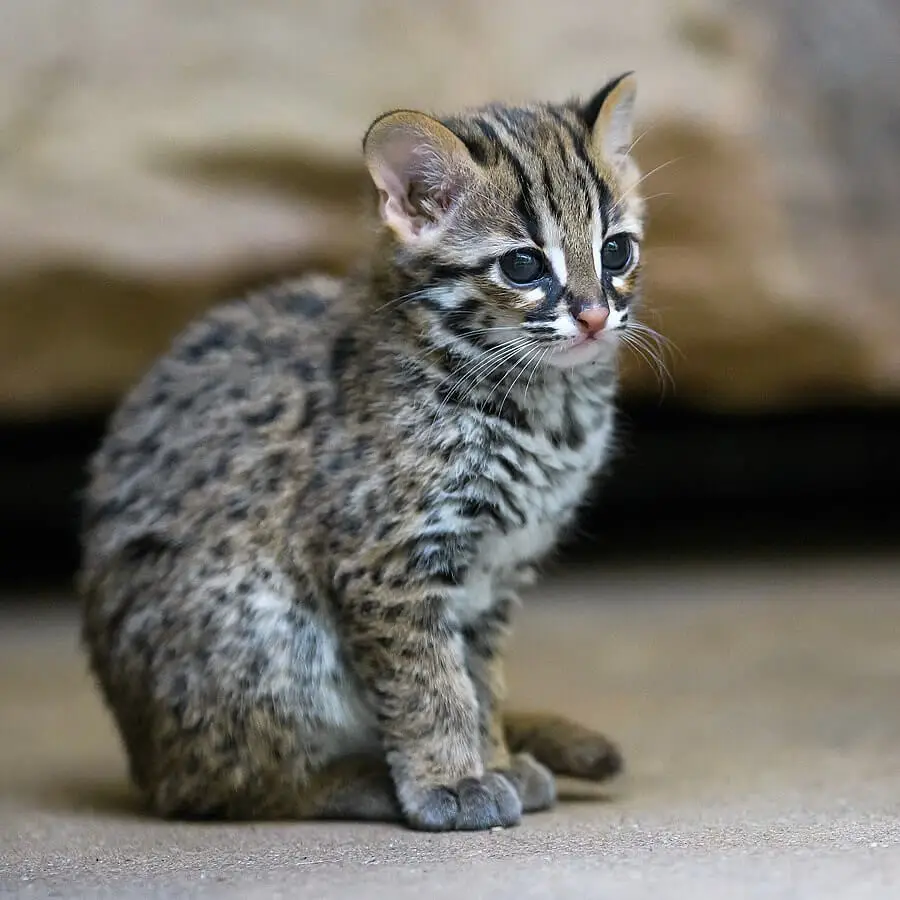To understand the fascinating world of feline dreams, one must first delve into the intricacies of their sleep cycle. Cats, unlike diurnal humans who typically consolidate their sleep into one long stretch at night, are crepuscular. This means their internal body clock, or circadian rhythm, guides them through two primary peaks of activity: one at dawn and another at dusk. This adaptation is deeply rooted in their predatory nature, enabling them to optimally hunt during these twilight hours when many birds and rodents are most active. Consequently, cats do not sleep in one continuous block but rather engage in multiple short “cat naps” throughout the day. An average cat nap can range from a brief 15-30 minutes to a more extended two hours. These frequent naps are thought to serve a vital purpose, helping to lower stress levels and maintain a heightened state of alertness, allowing them to spring into action at a moment’s notice, even from a seemingly deep slumber. On average, a cat can spend anywhere from 12 to 20 hours a day sleeping, a significant portion of their lives dedicated to rest and recuperation. As a cat enters its senior years, this sleep requirement often increases, reflecting the body’s greater need for repair and regeneration from the wear and tear of all that agile jumping, climbing, and playful chasing. While domestic cats have largely adapted their sleep patterns to align with their human owners, often enjoying their deepest sleep during the night, some still retain their natural inclination to be more active at night, preferring to hunt or explore while the household sleeps, only to curl up for extended periods of rest during daylight hours.

The cat’s sleep cycle, much like a human’s, is characterized by distinct stages. The first is the Light Sleep Phase. In this stage, cats appear relaxed but remain highly attuned to their surroundings. Their muscles are at rest, but their senses are still incredibly sharp. They are easily disturbed by sudden noises or movements, and if roused from this phase, they can immediately transition into a state of full alertness and activity, ready to pounce or flee. This light sleep allows them to conserve energy while remaining vigilant to potential threats or opportunities.
Following light sleep, cats transition into Rapid Eye Movement (REM) Sleep. This is the stage most closely associated with dreaming in both humans and felines. During REM sleep, a cat’s brain activity remarkably resembles that of its waking state, indicating intense mental processing. As the name suggests, their eyes can be observed moving rapidly beneath their closed eyelids. Sometimes, their eyelids may even be partially open, revealing their third eyelid partially covering their darting pupils. A hallmark of REM sleep in cats is a temporary loss of muscle control, leading to a limp, relaxed body. However, paradoxically, this is also when one observes involuntary physical manifestations such as twitching paws, whiskers, and tails, as well as soft vocalizations like quiet meows, chirps, or even growls. These physical movements are widely believed to be external expressions of the cat’s dream content, mirroring the actions and sounds they are experiencing within their dream world. For cats, REM sleep constitutes a significant portion of their total sleep time and can occur surprisingly quickly, often within 20 minutes of them falling asleep. Each REM stage typically lasts only 2-3 minutes, but cats continuously cycle through these stages, allowing them to experience multiple brief dreaming periods throughout their extended sleep sessions.
The third crucial stage is Non-Rapid Eye Movement (NREM) Sleep. This is considered the deepest and most restorative phase of sleep. During NREM, a cat’s body undertakes vital processes of repair and regeneration, allowing muscles to rebuild, tissues to recover, and energy stores to replenish. This stage is particularly crucial for kittens, as their bones and muscles are still actively growing and developing, necessitating more NREM sleep compared to adult cats. It’s during both NREM and REM sleep that you might occasionally hear your cat emit soft snores, a perfectly normal physiological occurrence. Cats continuously run through these three stages – light sleep, REM, and NREM – cyclically until they eventually wake up, completing a full sleep cycle.

The scientific consensus strongly supports the idea that Do Cats Dream? What happens in a Cat’s Sleep Cycle involves dreams, precisely because they exhibit REM sleep, a neurological phenomenon directly linked to dreaming in humans and other mammals. Furthermore, the striking similarity in brain structures and the high levels of electrical activity observed in a cat’s brain during sleep provide compelling evidence. Just as human brains utilize sleep to process the day’s events, consolidate memories, and manage emotions, feline brains appear to engage in similar functions. Therefore, it is highly probable that when a cat is in REM sleep, its mind is actively reviewing and reacting to its daily experiences. This means a cat’s dreams are likely populated with scenarios from its waking life: the thrill of a successful hunt (even if it was just for a dust bunny), the playful antics with a favorite toy, the comforting sensation of snuggling with their owner, or even interactions, both positive and negative, with other pets or unfamiliar animals.
Given that cats dream, the inevitable follow-up question is, Do Cats Have Nightmares? The prevailing belief among experts is that, yes, cats are capable of having nightmares, much like humans. Observing a cat during sleep can sometimes provide clues: if your cat is twitching excessively, whimpering, growling, or even crying out, these vocalizations and agitated movements are strong indicators that they might be experiencing a distressing dream. It’s a natural instinct to want to comfort a beloved pet experiencing distress, but it is crucial to never try to wake a sleeping cat during a nightmare. Waking them abruptly from such a deep sleep can cause confusion, fear, and disorientation, potentially leading them to lash out defensively without intending to. Furthermore, interrupting their natural sleep cycle can be detrimental to their overall health and well-being. While it can be hard to witness their apparent distress, it’s important to remember that they are not in any real physical harm during a nightmare. If they wake up on their own and appear distressed, offering gentle cuddles and reassurance can help them feel safe and loved again, easing them back into a state of calm.

The content of a cat’s dreams, including potential nightmares, is directly influenced by their daily experiences. If a cat has been subjected to something scary, stressful, or upsetting during its waking hours – perhaps a loud noise, a sudden fright, or an unpleasant encounter – these negative experiences can manifest as nightmares during their sleep. Therefore, a proactive approach to preventing feline nightmares involves ensuring your cat has a consistently positive and calm environment, minimizing nasty surprises, and providing ample opportunities for joyful, stimulating interactions. Observing your cat during deep sleep, particularly the tell-tale muscle twitches, is a clear sign that they are indeed dreaming. Whether those dreams are filled with triumphant hunts or playful adventures, or occasionally tinged with the fear of a perceived threat, remains a mystery only the cat truly knows. Providing a quiet, cozy, and secure space for your cat to retreat for undisturbed sleep is paramount, ensuring they receive the vital rest needed for their bodies to repair, rebuild, and for their minds to process the rich tapestry of their feline lives.
